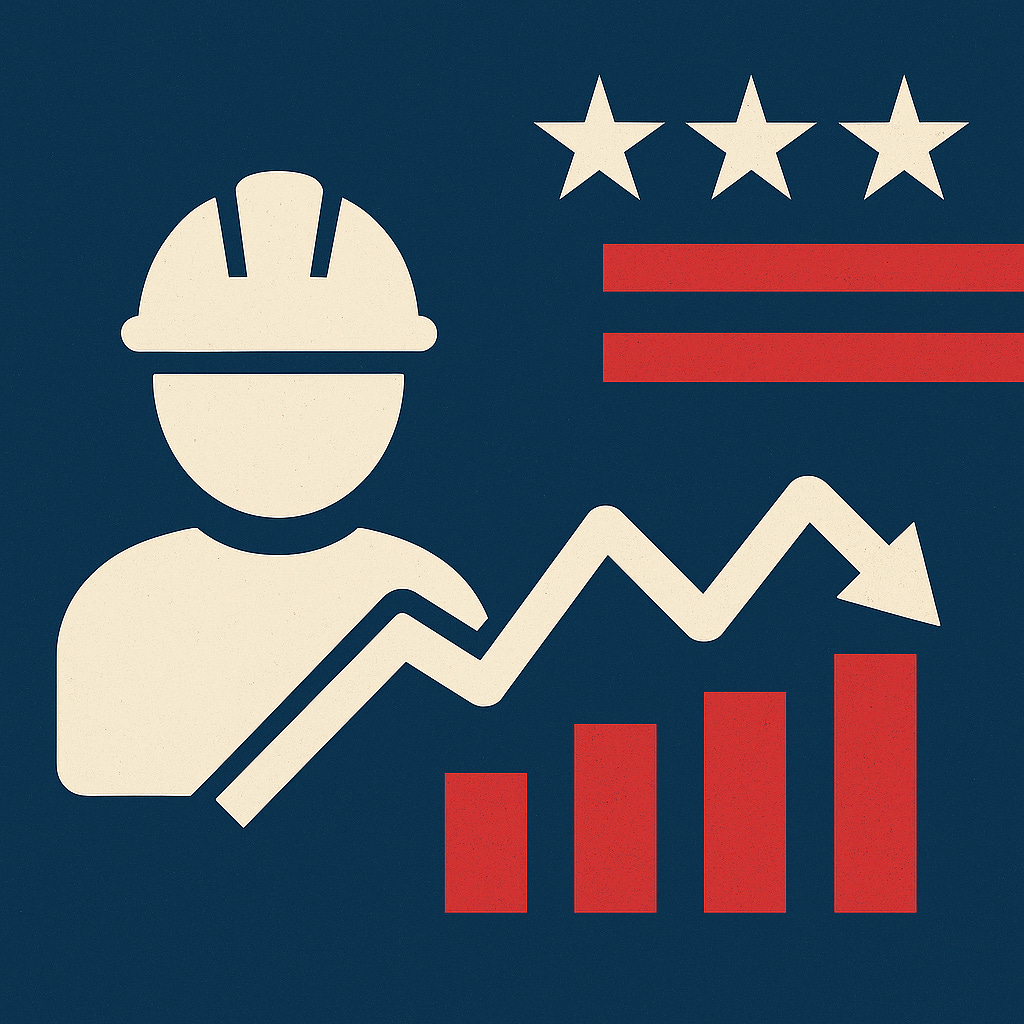The Jobs Are Slowing—and the Tariffs Haven’t Even Hit Yet
Don’t let April’s jobs report fool you.
Hello Friends!
Check out my latest article on X about today’s U.S. jobs report. Thoughts?
The Jobs Are Slowing—and the Tariffs Haven’t Even Hit Yet
Don’t let April’s jobs report fool you. Yes, 177,000 jobs were added. But dig a little deeper, and the labor market shows signs of weakness—and what’s coming next could make things worse.
Private sector job growth was 167,000, led by health care and transportation. These aren’t bad jobs but aren’t engines of productivity or broad-based opportunity. Meanwhile, total government jobs rose by 10,000, driven by state and local growth, while the federal government shed 9,000 jobs. The economy needs less bureaucracy and less government spending.
The unemployment rate remained at 4.2%, but long-term unemployment jumped to 1.7 million—nearly 1 in 4 unemployed Americans has been out of work for over six months. Labor force participation remains at 62.6%, with millions of work-capable adults still sitting out of the labor force due to broken welfare programs, poor education pipelines, and regulatory barriers to opportunity.
But one of the most important—and most overlooked—signals is this: real average weekly earnings have been down 2.3% since 2021.
That’s not just a statistic. It means working Americans are getting poorer. Even if they’re employed, their dollars don’t stretch as far. Families are working just as hard—or harder—but falling behind. That’s not a healthy economy. That’s a silent pay cut, gutting the middle class.
Even worse, February and March job growth were revised down by a combined 58,000. The slowdown is happening—lagging data are just masking it.
And here's what most analysts are missing: this data doesn’t yet reflect the full damage of President Trump’s tariffs, trade war, and uncertainty.
Businesses rushed to import goods in Q1 before new tariffs were expected to kick in, artificially boosting inventories and softening the blow to GDP. But inventories are volatile—they don’t last. Strip them out, and Q1 GDP would have looked even worse than the -0.3% headline suggests. Q2 could be uglier.
Tariffs are simply taxes on Americans and productivity. They drive up the cost of raw materials, intermediate goods, and finished products. Those costs ripple through the economy, raising prices, slowing hiring, and discouraging investment. The result? Fewer jobs and even lower real wages.
President Trump’s second term provides a critical opportunity to reverse this path. The answer isn’t protectionism—it’s productivity. It’s pro-growth reform, not more barriers to prosperity.
Here’s what we need now:
Sustainable budgeting can be achieved by capping federal and state spending growth to the rate of population growth plus inflation, which families can afford.
End the tariff war that hurts American manufacturers, consumers, and exporters.
Remove welfare cliffs and obstacles to work to get more people working and skilled.
Lock in full expensing and make the Trump tax cuts permanent to fuel job creation and wage growth.
This isn’t just about jobs—it’s about earnings. And right now, paychecks aren’t keeping up. That should be the wake-up call.
We need fewer headlines and more results. Working Americans deserve a system that rewards effort, not punishes it with inflation, taxes, and regulation. The slowdown is here, and the policies that caused it must be replaced by policies that let people prosper.
Vance Ginn, Ph.D., is president of Ginn Economic Consulting, host of the Let People Prosper Show, and previously chief economist of the Trump White House's OMB. Follow him on X.com at @VanceGinn.





What the F@$k are you talking about. We all have opinions but yours are wrong.